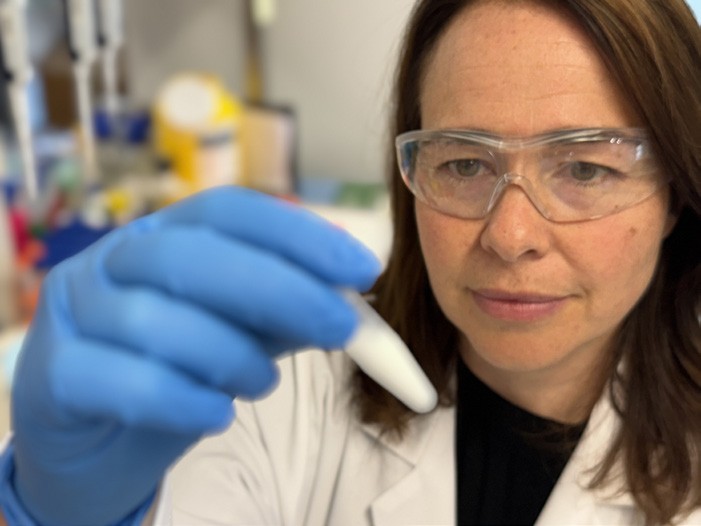Potential Eye Drop Alternative to IVI
A new eye drop has shown early success in delivering protective compounds to the back of the eye, raising hopes for less invasive treatment of serious vision conditions.
The research, led by RMIT University, is focussed on retinal diseases, especially age-related macular degeneration (AMD).
The team investigated delivering lutein, a protective antioxidant compound found in Gac fruit – a native fruit of South East Asia – to the back of the eye to support retinal health and potentially slow or prevent damage.
In pre-clinical mice studies conducted in collaboration with the Centre for Eye Research Australia (CERA), the formula reached the retina – currently only accessible through intravitreal injections (IVI) – and kept the active compound stable for months at room temperature.
The team’s cell culture study demonstrated that lutein delivered using their new formulation protected retinal cells from stress and damage linked to vision loss.
POSSIBLE PATIENT-FRIENDLY THERAPIES
Dr Dao Nguyen, who co-led the research when she was at RMIT, said the formulation could pave the way for more patient-friendly therapies.
“Frequent eye injections are uncomfortable and can be distressing for patients. If the formulation works, people could use the eye drop as a preventative measure that could reduce the risk of developing late-stage diseases and the need for injections,” said Dr Nguyen, who is now at Deakin University’s School of Medicine.
“Our eye drop formula is designed to treat early stages of AMD in a way that’s far easier to use, but it will take further research and clinical trials before it can reach people.”
But she said the eye drops would not replace injections.
TECHNOLOGY WITH BROAD POTENTIAL
Team leader Associate Professor Tien Huynh, from RMIT’s School of Science, said the delivery platform could be adapted to carry different compounds, not just the one tested in this study.
“This is a technology with broad potential. We’ve shown it can protect fragile ingredients and carry them safely to the back of the eye, which has long been a barrier for treatments,” Assoc Prof Huynh said.
Professor Charlotte Conn and Dr Sampa Sarkar, lead researchers on the innovative delivery method, said RMIT-patented nanotechnology called cubosomes, used to deliver drugs, was showing early promise for this and a range of other drug delivery applications.

Professor Charlotte Conn with a vial of the cubosome formulation developed to deliver compounds safely to the back of the eye. Photo: Will Wright, RMIT University.

The RMIT research team developing new eye drop treatments: (front row, left to right) Dr Dao Nguyen, Associate Professor Tien Huynh, and Dr Thilini Thrimawithana; (back row, left to right) Professor Charlotte Conn, Dr Sampa Sarkar, and Christopher Olowosoke. Photo: Will Wright, RMIT University.
“Our cubosome carriers act like tiny shields, keeping the compound safe and releasing it in a controlled way once it’s inside the eye,” said Prof Conn, from RMIT’s School of Science.
Associate Professor Chi Luu, a clinician-scientist at CERA and the University of Melbourne, said the findings were encouraging.
“This kind of approach could transform how we manage age-related macular degeneration. If future trials confirm the safety and effectiveness of the delivery platform, eye drops could one day be used for treating early stages of AMD and other serious retinal diseases,” Assoc Prof Luu said.
The researchers note the work is still at an early stage: the results come from cell and animal studies, and the experiments did not test whether the formulation improved disease outcomes, as the mice did not have AMD or any other retinal conditions.
The next step is to work with clinical and industry partners to test the formula further and move it towards human trials.
Reference
1. Nguyen D, Sarkar S, Huynh T, et al. Optimizing lutein formulations for targeted ocular drug delivery: In vitro and in vivo insights. ACS Appl Mater Interfaces. 2025 Sep 9. doi: 10.1021/acsami.5c14464. Epub ahead of print.